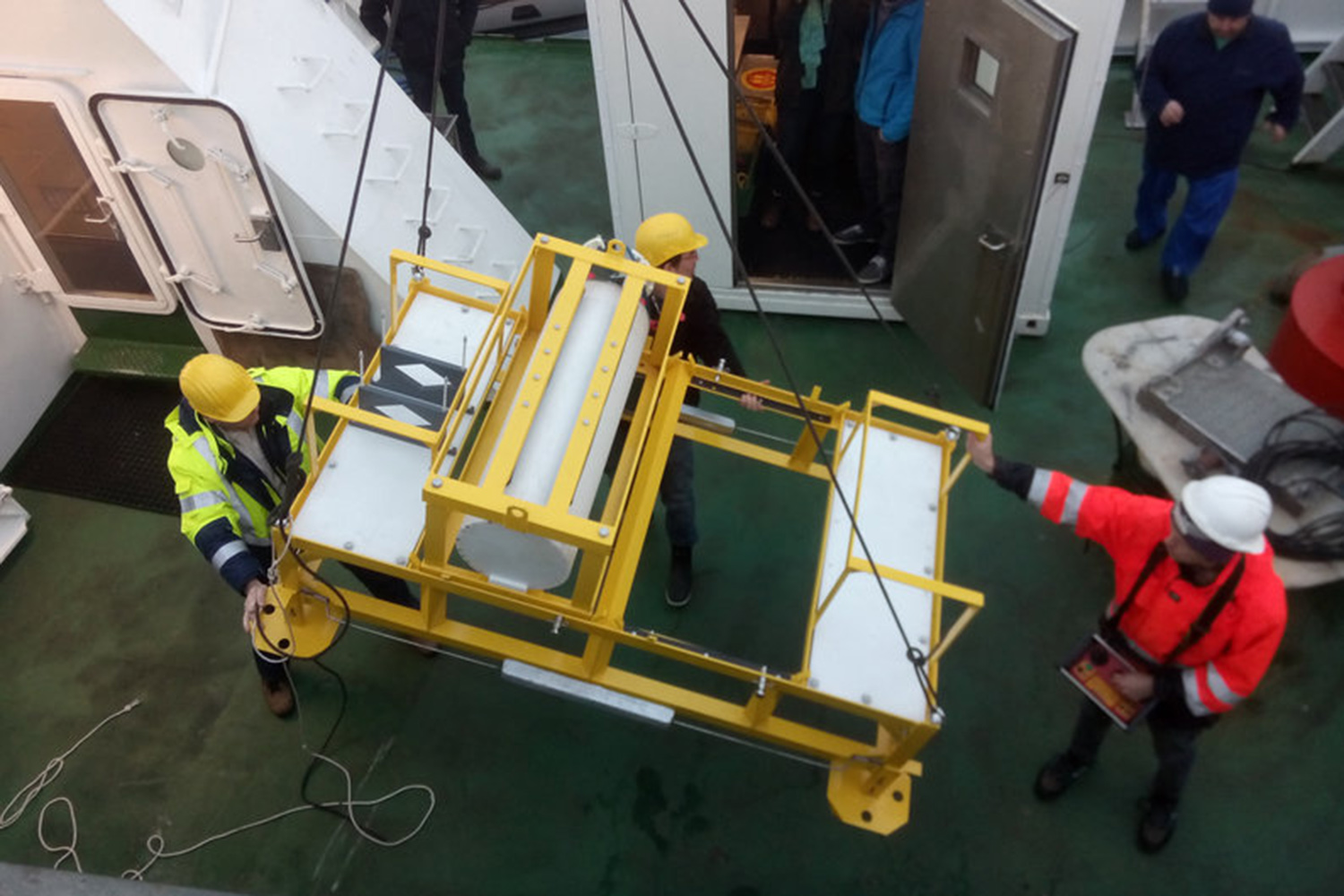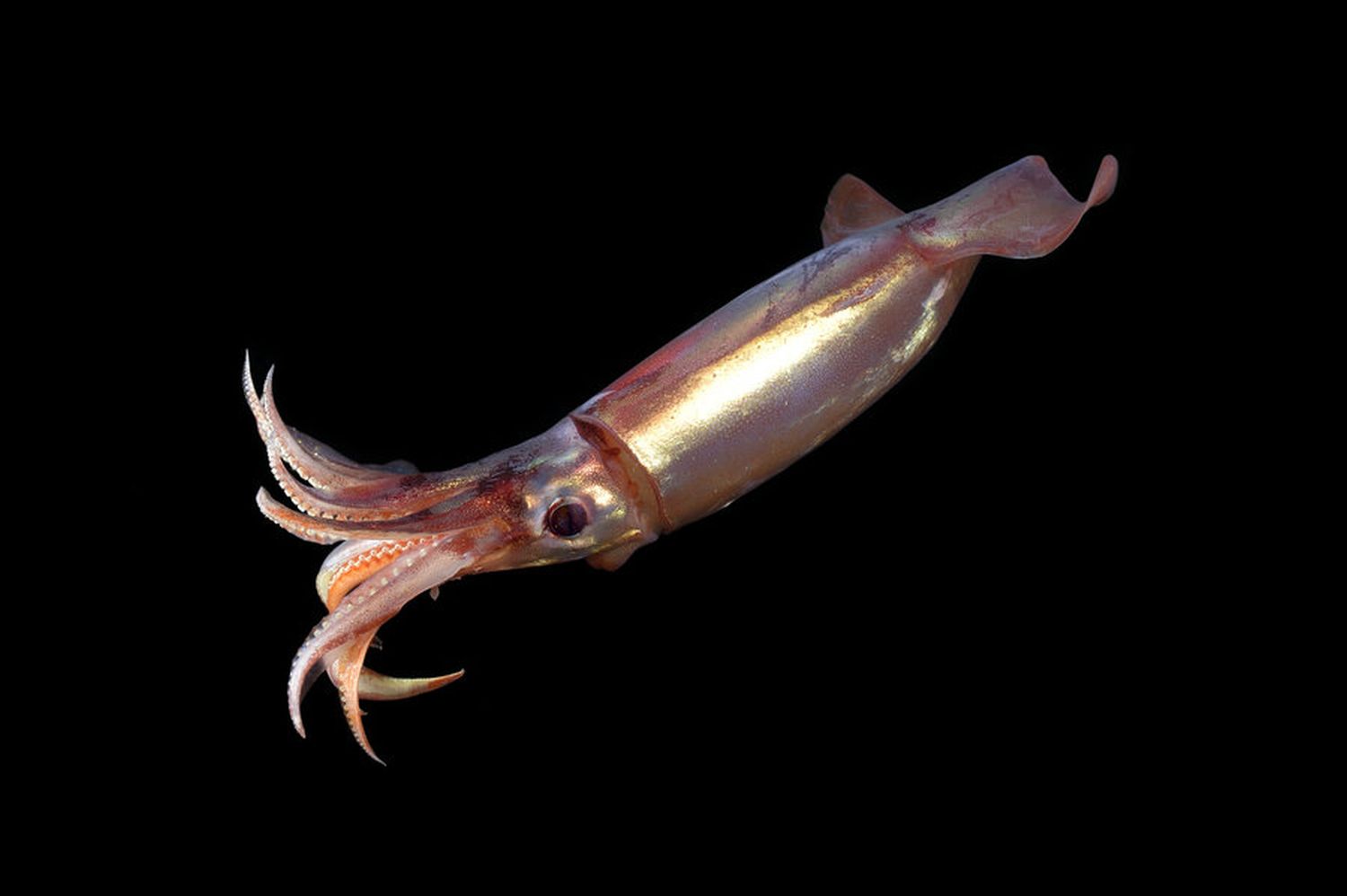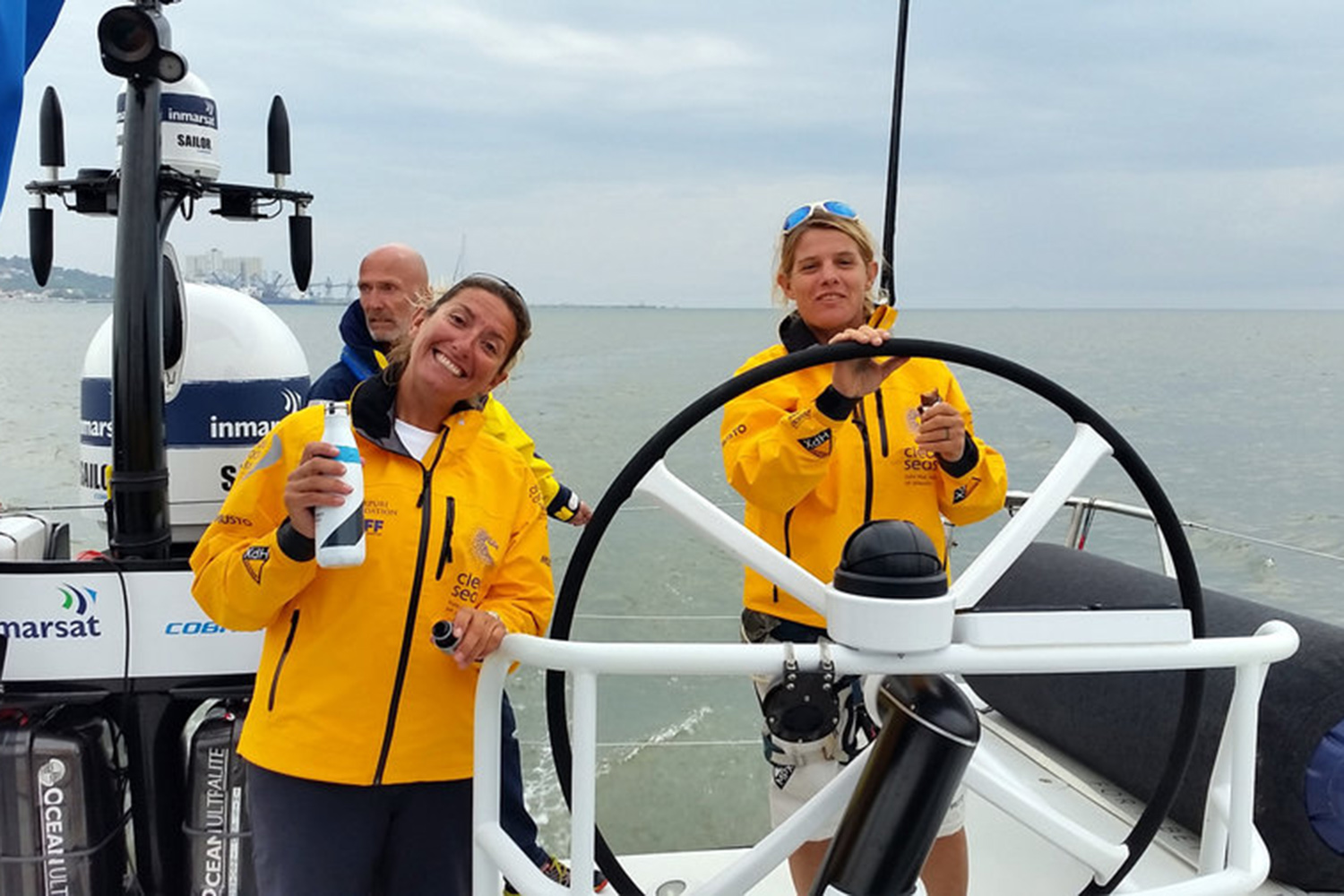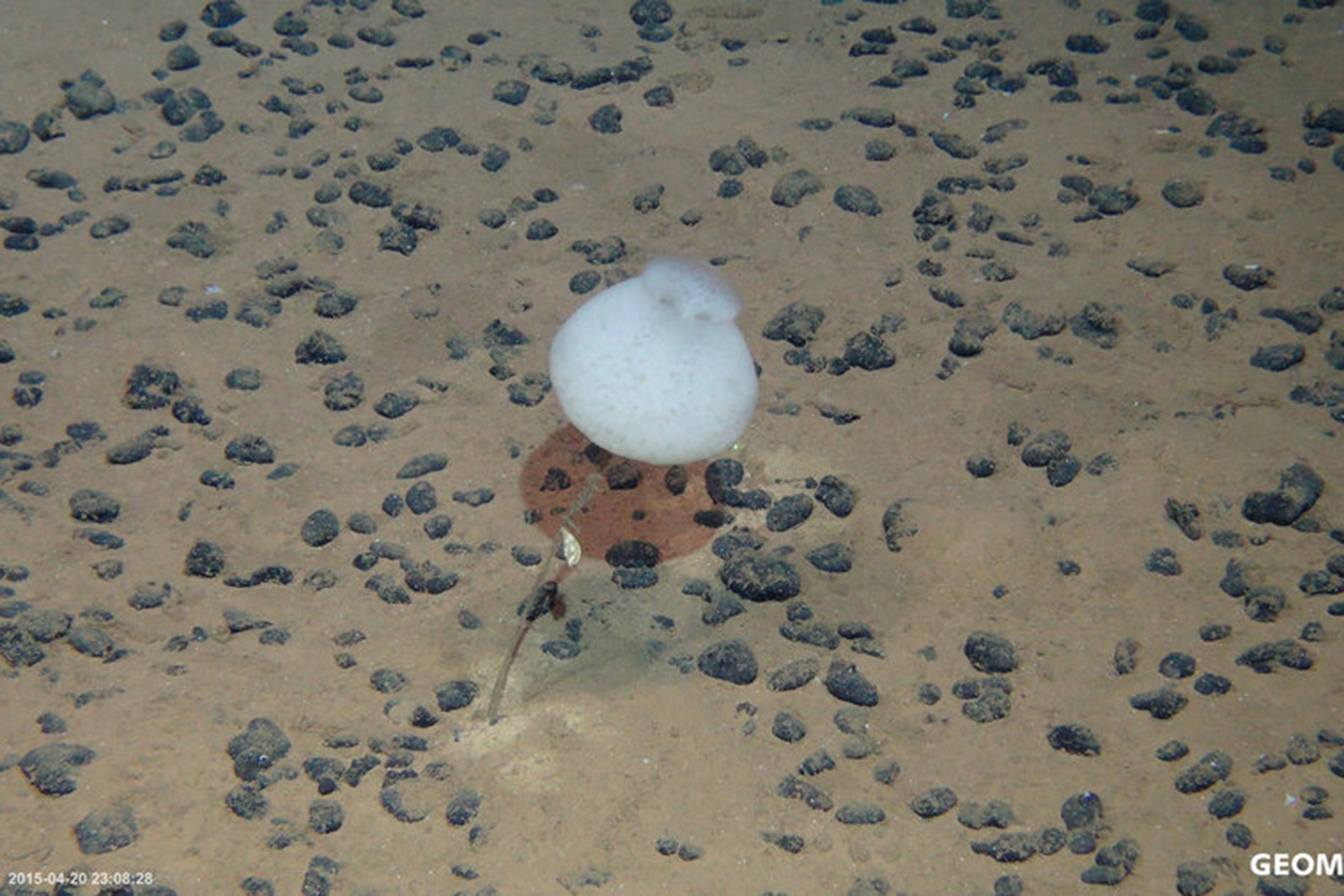How much oxygen is available to organisms in seawater? How high are the temperatures? Which nutrients and how much of them are dissolved in the water? How strong is the plankton growth? Answers to these questions allow basic statements about the condition of a marine ecosystem. For 60 years, marine researchers from Kiel have been sailing to a certain position at the edge of the Eckernförde Bay every month almost without interruption, to collect precisely these data. This makes Boknis Eck one of the oldest active marine time-series stations in the world. "Thanks to the long series of measurements, we can not only see the current state of the Baltic Sea, but also recognize long-term environmental changes. This is why there is also a great demand for the Boknis Eck data set on an international scale," says Prof. Dr. Hermann Bange from the GEOMAR Helmholtz Centre for Ocean Research Kiel, who has coordinated the activities in Boknis Eck since 2010.
Recently conducted studies have increasingly shown that even short-term events such as a two-week heat wave or a single severe storm can be crucial for an ecosystem. "However, we cannot record such events within the monthly samplings. For this reason, we decided to install a permanent measuring system at Boknis Eck,"explains Professor Bange. The new observatory on the floor of the Baltic Sea started to operate at the turn of the year after two years of planning and construction.
The so-called "Boknis Eck Node" was developed as part of the COSYNA project (Coastal Observing System for Northern and Arctic Seas), which is coordinated at the Helmholtz Centre Geesthacht (HZG). The frame, which is anchored on the floor of the Baltic Sea, contains sensors that record flow velocities and flow directions, salinity, temperature as well as the concentrations of oxygen, carbon dioxide and methane. "In this manner, they provide an ideal addition to the monthly measurements at the Boknis Eck time-series station," says Professor Bange, "If necessary, we can add more sensors at any time."
The HZG has already had some experience in setting up such underwater observatories within the COSYNA project. "There is already one of the coast of Helgoland and one off the coast of Spitzbergen, which we developed in cooperation with the Alfred Wegener Institute," explains Dr. Holger Brix, coordinator of COSYNA at HZG. As with the new measuring point at Boknis Eck, they all provide access to power and data connections, and are connected to a land-based server via fiber optics. This enables us to access the installed sensors online at any time and from anywhere in the world."
The HZG also provided the funding for the observatory within the framework of COSYNA. In return, GEOMAR will supervise and operate it for at least ten years. "Of course, the data we collect - as all Boknis Eck and COSYNA data- are available to all scientists worldwide", summarizes Professor Bange. Access to the data and all further information can be found on the websites www.bokniseck.de and www.cosyna.de.
Contact:
Jan Steffen (GEOMAR, Communication & Media), Tel.: 0431 600-2811, presse@geomar.de
…



